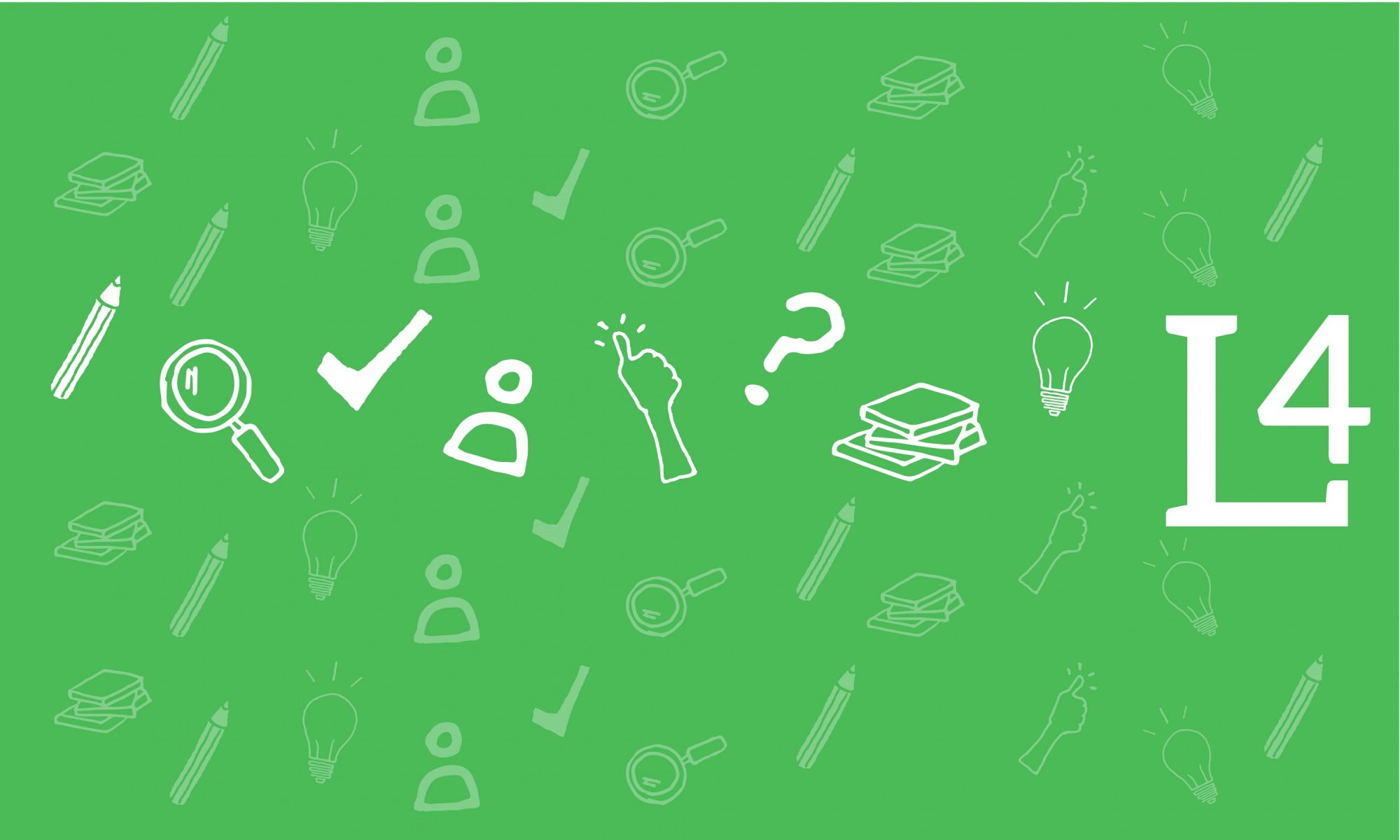Pre-class discussion
Changkyu Kim
Computer Engineering Technology/New York City College of Technology
Feedback Control Systems
Activity Description: Provide a brief description of the activity
Pre-class review session will provide an explanation with an analogy about the incoming lecture. Students will read a 10-minute review about the main engineering concepts and discuss them based on non-engineering experience. The pre-class review session will be found at OpenLab. The due date is always the following lecture date.
Learning Goals: What do you aim to achieve with this activity?
Students are requested to develop their own idea for the technical problems and submit short informal writing before the weekly class. The pre-class discussion will be evaluated by presenting pure reasoning rather than writing structure or grammatical errors.
Timing: At what point in the lesson or semester do you use this activity? How much classroom time do you devote to it? How much out-of-class time is expected?
Students will submit the writing assignments of pre-class discussion for the first half of the semester. During this period, students should be able to understand the main engineering concepts of control systems. Because a 10-minute preview of incoming lectures will be given in Openlab, additional discussion is not necessary during the lectures.
Logistics: What preparation is needed for this activity? What instructions do you give students? Is the activity low-stakes, high-stakes, or something else?
I have to upload the preview of lectures on Openlab, and the discussion question will be based on daily non-engineering experiences. It is low-stakes.
Assessment: How do you assess this activity? What assessment measures do you use? Do you use a VALUE rubric? If not, how did you develop your rubric? Is your course part of the college-wide general education assessment initiative?
Pre-class discussion writing will be evaluated based on the following criterion: 1. Sufficiently address the subject with supporting examples 2. Address the subject with consistent and concise logic. 3. address the subject and provide your own perspective.
Reflection: How well did this activity work in your classroom? Would you repeat it? Why or why not? What challenges did you encounter, and how did you address them? What, if anything, would you change? What did students seem to enjoy about the activity?
I was surprised that all students were eager to respond to pre-class activities. Most students presented their perspectives on each subject. The submission rate was higher than homework, which is given after classes. The main challenge for me is maintaining the same quality of discussion questions and the consistency of the subject during the whole semester. I would repeat the activities after improving quality and consistency.
Additional Information: Please share any additional comments and further documentation of the activity – e.g. assignment instructions, rubrics, examples of student work, etc. These can be links to pages or posts on the OpenLab.
1. Instruction : Pre-class discussion
Pre-class review session will provide an explanation with an analogy about the incoming lecture. Students will read a 10-minute review about the main engineering concepts and discuss them based on non-engineering experience. The pre-class review session will be found at OpenLab. The due date is always the following lecture date.
2. General guideline
Format :
Font : Times New Roman
Size : 11, single space
The number of words : No less than 150 words
Please share a helpful link to a pages or post on the OpenLab
https://openlab.citytech.cuny.edu/kimcet4864sp2021/2023/01/24/lecture-1-introduction/



